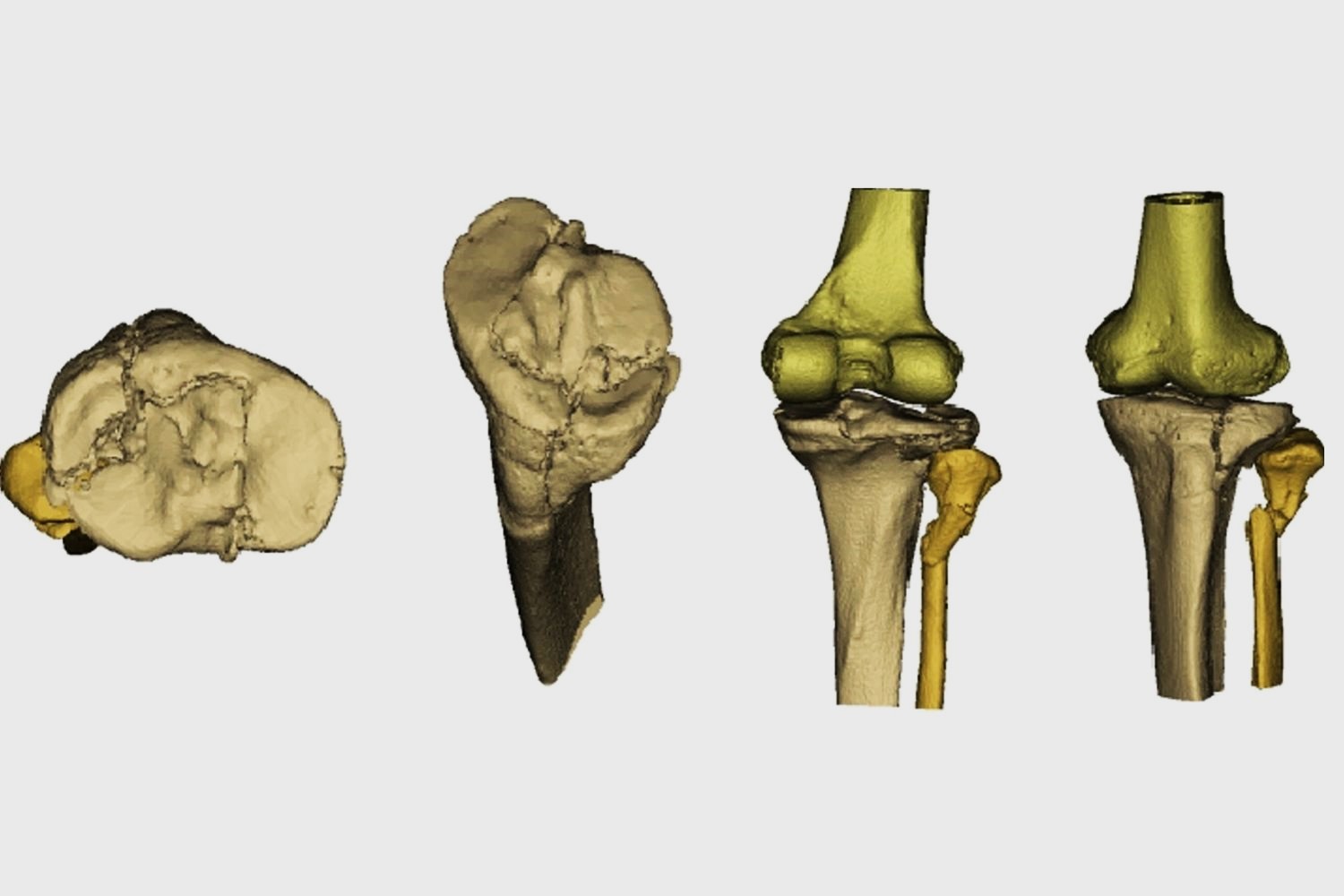
What is the Müller AO Classification of Fractures? The Müller AO Classification of Fractures is a system used by doctors to describe and categorize bone fractures. Developed by the AO Foundation, this method helps medical professionals communicate clearly about the type and severity of fractures. It uses a combination of numbers and letters to specify the exact location and complexity of a break. This system is crucial for planning treatment and predicting recovery outcomes. Understanding this classification can be beneficial for anyone interested in orthopedic health, whether you're a medical student, a patient, or just curious about how doctors handle broken bones.
Key Takeaways:
- The Müller AO Classification of Fractures is a global system that helps doctors diagnose and treat bone fractures, improving patient outcomes and communication among healthcare providers.
- Modern technology has enhanced the application of the Müller AO Classification, making it easier for doctors to classify fractures and provide personalized treatment for patients.
What is the Müller AO Classification of Fractures?
The Müller AO Classification of Fractures is a comprehensive system used by medical professionals to categorize fractures. It helps in diagnosing, treating, and researching bone fractures. Let's dive into some fascinating facts about this classification system.
Origins and Development
Understanding the background of the Müller AO Classification can provide insight into its importance and application.
- Developed in 1958: The system was created by the AO Foundation, a group of Swiss surgeons led by Maurice E. Müller.
- AO stands for Arbeitsgemeinschaft für Osteosynthesefragen: This translates to "Association for the Study of Internal Fixation" in English.
- Standardization: It aimed to standardize the treatment of fractures, ensuring consistency and improving patient outcomes.
- Global Adoption: Today, it is used worldwide by orthopedic surgeons and trauma specialists.
Structure of the Classification
The classification system is detailed and structured to cover various types of fractures.
- Three Main Categories: The system divides fractures into three main types: long bone fractures, joint fractures, and fractures in children.
- Alphanumeric Code: Each fracture is given an alphanumeric code that describes its location and severity.
- Long Bone Fractures: These are further divided into three groups: A (simple), B (wedge), and C (complex).
- Subdivisions: Each group is subdivided into types and subtypes for more precise classification.
- Comprehensive: It covers all bones in the body, making it a versatile tool for medical professionals.
Importance in Medical Practice
The classification system plays a crucial role in various aspects of medical practice.
- Diagnosis: Helps in accurately diagnosing the type and severity of fractures.
- Treatment Planning: Assists doctors in planning the most effective treatment strategies.
- Research: Facilitates research by providing a standardized way to describe fractures.
- Communication: Improves communication among healthcare providers by using a common language.
- Education: Used in medical education to teach students about fracture types and treatments.
Technological Integration
Modern technology has enhanced the application of the Müller AO Classification.
- Digital Tools: Many hospitals use digital tools and software to apply the classification system.
- Mobile Apps: There are mobile apps available that help doctors quickly classify fractures on the go.
- Electronic Health Records (EHR): The classification codes are often integrated into EHR systems for better patient management.
- 3D Imaging: Advanced imaging techniques like 3D CT scans help in more accurate classification.
Benefits for Patients
Patients also benefit from the use of this classification system.
- Personalized Treatment: Leads to more personalized and effective treatment plans.
- Better Outcomes: Standardized treatment protocols improve recovery outcomes.
- Reduced Complications: Helps in identifying the best surgical or non-surgical options, reducing complications.
- Follow-Up Care: Facilitates better follow-up care and monitoring of healing progress.
Challenges and Limitations
Despite its many advantages, the system has some challenges.
- Complexity: The detailed nature of the system can be complex and time-consuming to use.
- Training Required: Medical professionals need proper training to use the system effectively.
- Updates Needed: Regular updates are necessary to keep up with advancements in medical science and technology.
Final Thoughts on Müller AO Classification
Understanding the Müller AO Classification of Fractures is crucial for anyone involved in orthopedics. This system, developed by the AO Foundation, categorizes fractures based on their location and severity, providing a standardized way to communicate about injuries. It helps in planning treatment, predicting outcomes, and conducting research.
Knowing these 25 facts can enhance your grasp of this essential tool. From its history to its practical applications, the Müller AO Classification remains a cornerstone in fracture management. Whether you're a medical student, a practicing orthopedic surgeon, or just curious, these insights offer valuable knowledge.
Remember, accurate classification leads to better treatment and recovery. So, keep these facts handy and continue exploring the world of orthopedics. Your understanding of fractures will only grow stronger.
Frequently Asked Questions
Was this page helpful?
Our commitment to delivering trustworthy and engaging content is at the heart of what we do. Each fact on our site is contributed by real users like you, bringing a wealth of diverse insights and information. To ensure the highest standards of accuracy and reliability, our dedicated editors meticulously review each submission. This process guarantees that the facts we share are not only fascinating but also credible. Trust in our commitment to quality and authenticity as you explore and learn with us.
